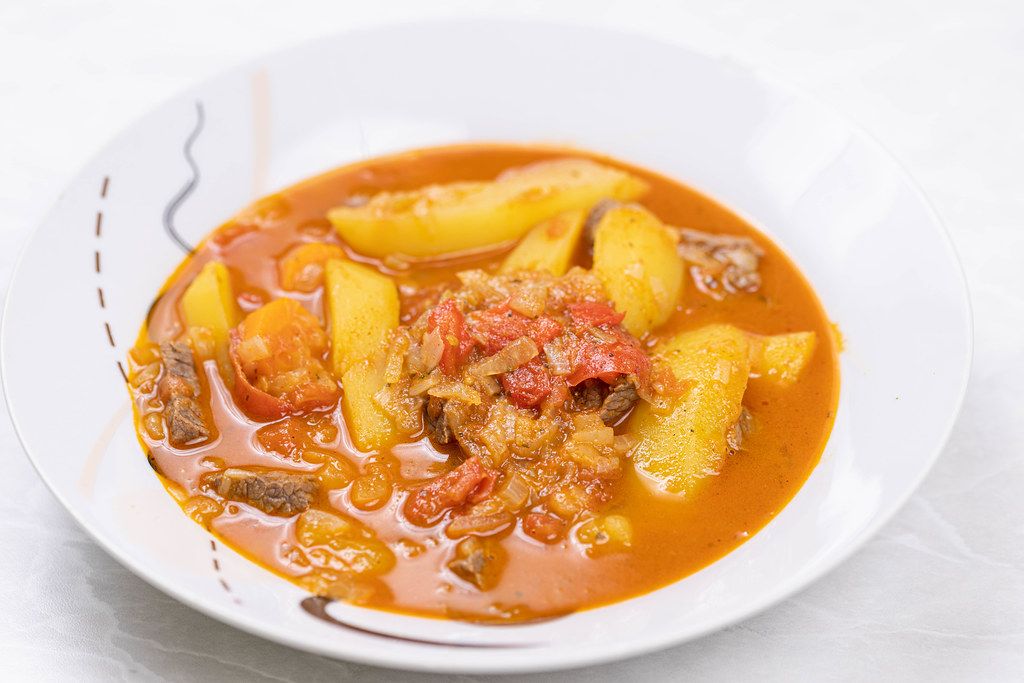A good meat stew is a symphony of flavors, a comforting dish that warms both body and soul. But creating a truly delicious stew hinges on choosing the right ingredients. It’s not just about throwing random items into a pot; it’s a thoughtful selection process that will elevate your stew from ordinary to extraordinary.
SETTING UP THE RECIPE
The cornerstone, of course, is the meat. The cut of meat you choose will drastically impact the stew’s final texture and richness. For a traditional, melt-in-your-mouth stew, opt for tougher cuts like beef chuck. These cuts have more connective tissue, which breaks down beautifully during long, slow cooking, releasing collagen and creating that desirable, velvety sauce. Avoid lean cuts, as they will become dry and tough in the stew beef stew process. Look for pieces with good marbling (intramuscular fat) – this will contribute to both flavor and tenderness.
Next, consider your vegetable base. Onions, carrots, and celery, often referred to as mirepoix, are the foundation of many stews. These aromatic vegetables provide a subtle sweetness and depth of flavor that permeates the entire dish. Don’t feel limited to just these three; consider adding other root vegetables like parsnips, turnips, or potatoes for added heartiness. The texture and sweetness profiles will change with each vegetable, so be creative. Adding garlic is essential. It should be minced and added later in the cooking process to prevent burning.
MANAGING THE BROTH
The liquid is another critical component. While water can be used, broth or stock (beef, chicken, or vegetable) will add far more flavor complexity. Consider adding a splash of red wine for a richer, deeper taste or a dark beer for a malty, robust dimension. Tomato paste is also a great way to build a rich base and deepen the color of the stew. Remember to add your liquids gradually as needed during the slow and low cooking process.
Lastly, never underestimate the power of herbs and spices. Fresh herbs like thyme, rosemary, and bay leaves lend a beautiful fragrance and a touch of freshness. Dried herbs also work well, but use them more sparingly, as their flavors tend to be more concentrated. Ground spices such as paprika, cumin, and smoked varieties can add a warm, complex layer. A dash of black pepper, salt and even a pinch of red pepper flakes can add extra depth.
In summary, choosing ingredients for a stew beef stew requires careful consideration. Select tough cuts of meat with marbling, build your base with aromatic vegetables, choose a flavorful liquid, and don’t be afraid to experiment with herbs and spices. With a little planning and thoughtful selection, you can create a stew that’s not only nourishing but also deeply satisfying and flavorful.
